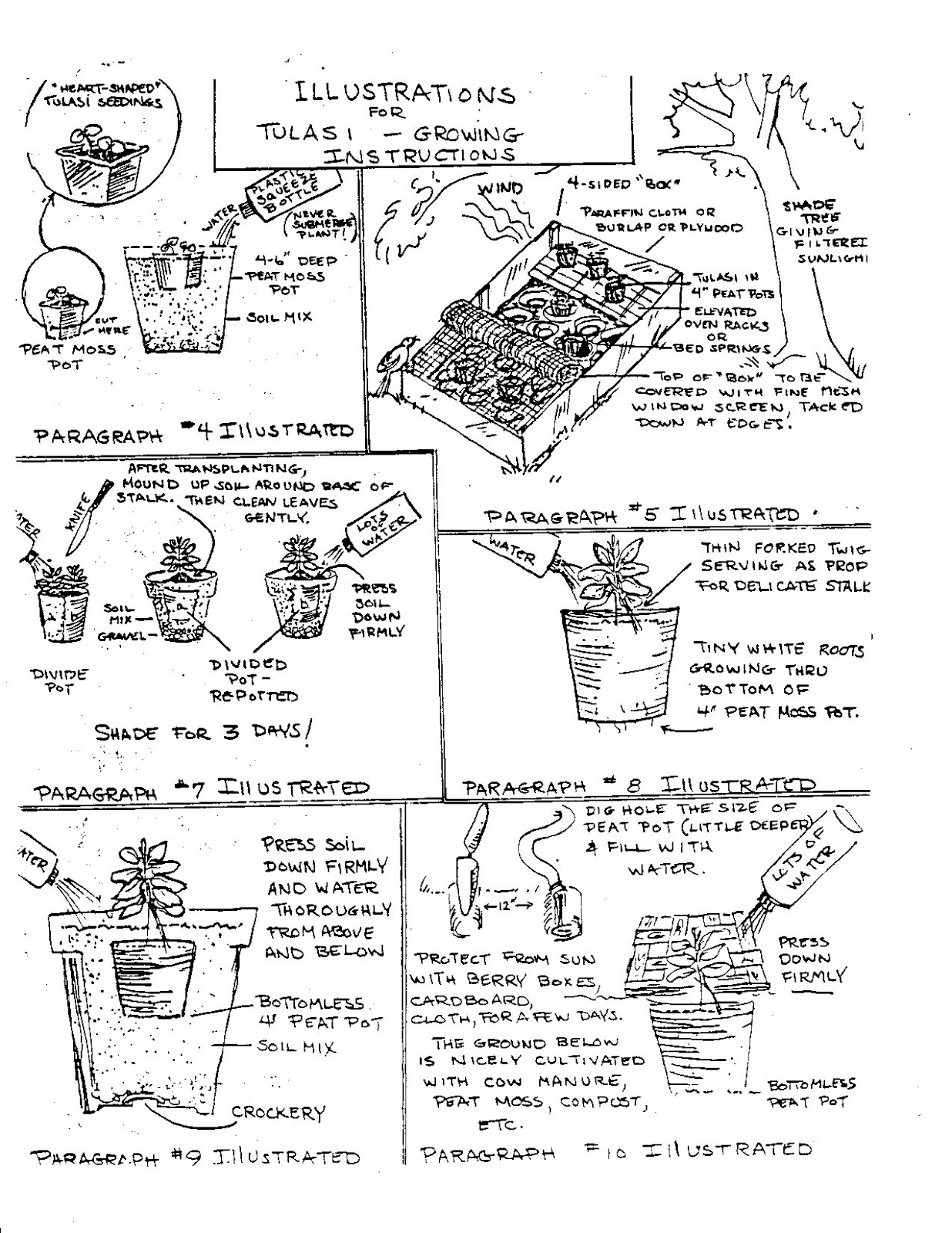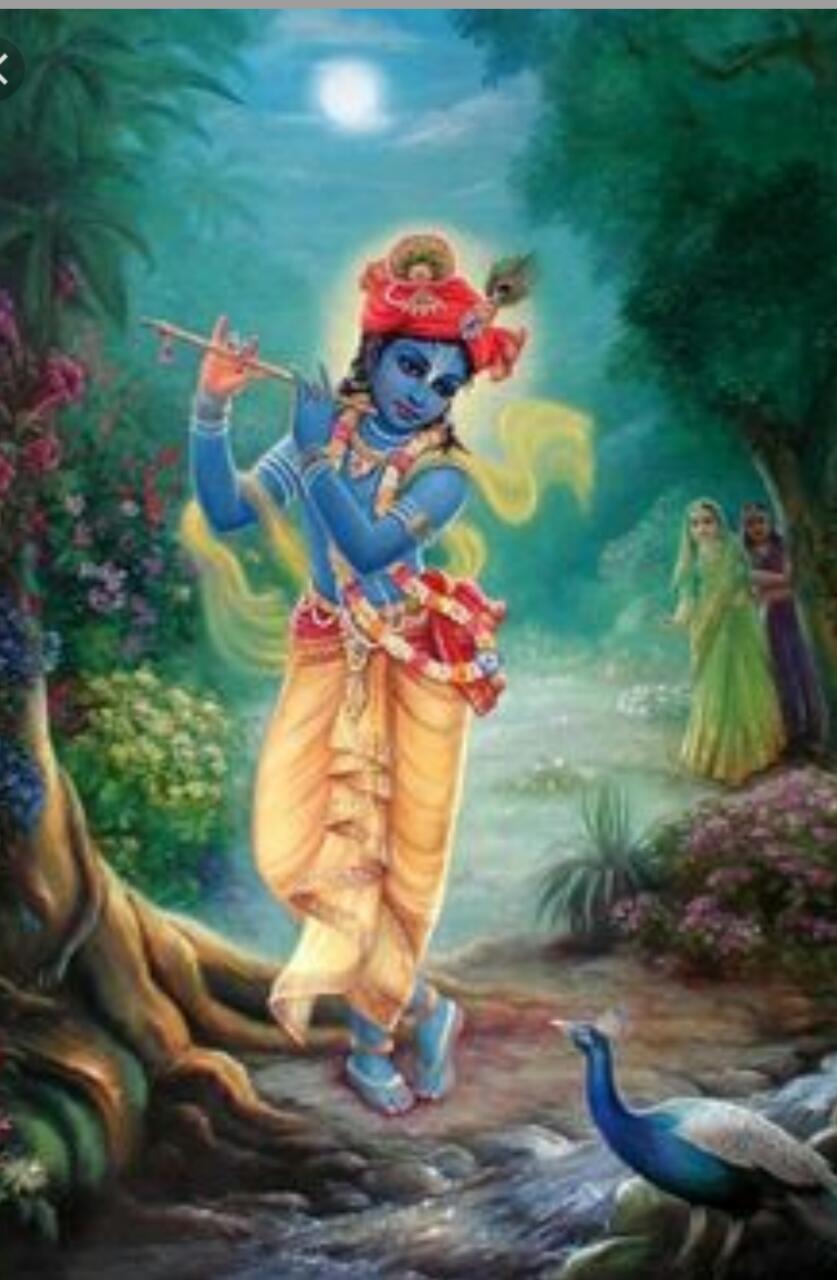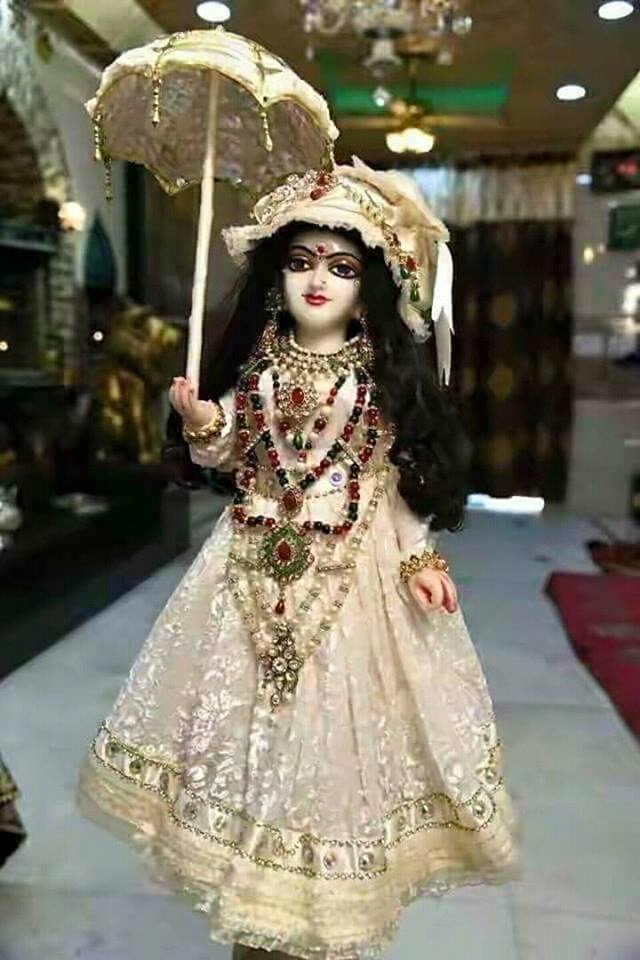Followers
Saturday, October 22, 2016
Thursday, August 25, 2016
Thursday, April 28, 2016
Back to God Head
As there was a climatic moment at the combat between Sankhacuda (Tulsi's Husband) and Maha Kali released
Brahmastra at the Danava King who retalliated with another Brahmastra
with the result was a nought.
Then Devi Kaali intiated the Mantra to release ‘Pashupataastra’ when a Celesial Voice was heard to say: King Shankhachooda is a ‘Maha Purusha’ (Illustrious Noble Being) and Pashupataastra should not be released against him, since he would not be killed by it.
In fact, as long as a
Meanwhile, Bhagavan Vishnu took the form of an old Brahmana and approached for a boon. When Danava King replied that he could grant him anything, the Brahmana asked for the ‘Krishna Kavacha’; the Danava King who abided by his word parted with the Kavacha.
Bhagavan Vishnu then assumed the Form of Shankhachooda and entered Devi Tulasi’s interior room in a delightful mood saying that he won the battle and wished to rest. Devi Tulasi was full of joy and in a celebrating mood of relaxation; the Maya Shankhachooda and Devi Tulasi were happy in their union and thus Tulasi’s ‘pativratya’ got affected.
As both the hurdles of
Lord Siva then favored Sankhacuda by releasing him from his curse which he got for offending Srimathi Radha Rani , and thus he regained his original form as the cowherd boy Sudama,who returned to Devi Radha’s Rasa-leela party at Goloka as Sudama and Bhagavan Krishna and Devi Radha welcomed him back into their fold.
Then Devi Kaali intiated the Mantra to release ‘Pashupataastra’ when a Celesial Voice was heard to say: King Shankhachooda is a ‘Maha Purusha’ (Illustrious Noble Being) and Pashupataastra should not be released against him, since he would not be killed by it.
In fact, as long as a
- ‘Kavacha’(Shield) given by Shri Hari was carried on his body and as along as his
- wife’s ‘Pativratya’(High devotion to her husband) would last,
Meanwhile, Bhagavan Vishnu took the form of an old Brahmana and approached for a boon. When Danava King replied that he could grant him anything, the Brahmana asked for the ‘Krishna Kavacha’; the Danava King who abided by his word parted with the Kavacha.
Bhagavan Vishnu then assumed the Form of Shankhachooda and entered Devi Tulasi’s interior room in a delightful mood saying that he won the battle and wished to rest. Devi Tulasi was full of joy and in a celebrating mood of relaxation; the Maya Shankhachooda and Devi Tulasi were happy in their union and thus Tulasi’s ‘pativratya’ got affected.
As both the hurdles of
- ‘Krishna Kavacha’ being donated by the Danava King to a Brahmana and
- the ruin of Tulasi’s Pativratya by Vishnu impersonating as Shankhacooda were removed,
Lord Siva then favored Sankhacuda by releasing him from his curse which he got for offending Srimathi Radha Rani , and thus he regained his original form as the cowherd boy Sudama,who returned to Devi Radha’s Rasa-leela party at Goloka as Sudama and Bhagavan Krishna and Devi Radha welcomed him back into their fold.
Adorned with jewels, holding a flute, mounted on a divine chariot, and surrounded by numerous cowherd boys from Goloka Vrndavana, Sankhacuda then flew to the spiritual sky, Goloka, which is full of devotees of Lord Krsna who have various transcendental relationships with Him.
When Sudama saw Srimati Radharani and Sri Krsna, he bowed down to Their lotus feet with devotion. Seeing him, the Divine couple were filled with love for him and, with kind faces and joyful eyes, lifted him up and took him on Their laps.
After this Tulasi also left her physical body, assumed a celestial form and went to Goloka to be reunited with Sudama.
After this Tulasi also left her physical body, assumed a celestial form and went to Goloka to be reunited with Sudama.
Thursday, March 24, 2016
Saturday, March 19, 2016
Chaturdashi
Devotees of Vishnu offer the god a thousand lotuses while reciting the Vishnu sahasranama, the thousand names of Vishnu. The Vishnupada Temple, which is believed to have footprints of Vishnu, celebrates its main temple festival in this period. The festival is also celebrated as kartik snan (bathing in a river or stream during the kaartik maas) by Vishnu devotees. In Rishikesh, this day is observed as Deep Daan Mahotsavto mark the occasion of Vishnu waking up, out of his deep sleep. As a mark of environmental awareness, the deeps or lamps are made of flour (which would disintegrate in water) instead of burnt earthen lamps. The lighted lamps are floated in the holy Ganges River in the evening. This is accompanied by several cultural festivities.
On this occasion, Vishnu is given a special place of honour in the sanctum of Kashi Vishwanath temple, a prominent Shiva temple in Varanasi. The temple is described as Vaikuntha on this day. Both the deities are ritually worshipped as though they are worshipping each other. Vishnu offers tulsi (holy basil) leaves (traditionally used in Vishnu worship) to Shiva, and Shiva in turn offers Bael leaves (traditionally offered to Shiva) to Vishnu, which is taboo otherwise, to each other. Devotees start the pujas after taking baths, fasting for the whole day, and offering akshat ( turmeric mixed rice), sandalwood (Chandan) paste, sacred water of the Ganges, flowers, incense and camphor to both the deities. Then they offer lighted deeps (earthen lamps) and batti (cotton wick) as a special offering for the day. In Varanasi, women, particularly old women, outnumber others in offering prayers on this occasion. Over the years, the number of devotees participating in this festival has increased. It is also said that old Brahmin ladies who are specialized in making cotton wicks offer 125,000 battis to the two gods on this occasion.
At the Grishneshwar temple of Shiva, Vishnu is offered Bael leaves and Shiva is offered Tulsi leaves. It is considered to portray the union of Vishnu and Shiva.[5] In the Tilbhandeshvar temple in Nashik, the 2 feet (0.61 m) linga - aniconic form of Shiva - is dressed up in finery and a silver mask, as Ardhanarishvara, the half-male, half-female form of Shiva. Thousands of people worship the Tilbhandeshvar and Shiva Kampaleshvar temples in Nashik. The festival is one of the three important festivals of these temples.
https://en.wikipedia.org/wiki/Vaikuntha_Chaturdashi#Worship_rituals
Blog
http://hariharji.blogspot.in/2012/10/spiritual-calendar-november-2012.html
Tube
https://www.youtube.com/results?search_query=tulsi+Vaikuntha+Chaturdashi
Slides
http://www.slideshare.net/search/slideshow?searchfrom=header&q=tulsi+Vaikuntha+Chaturdashi
Dates
http://www.drikpanchang.com/festivals/vaikuntha-chaturdashi/vaikuntha-chaturdashi-date-time.html
Subscribe to:
Posts (Atom)




